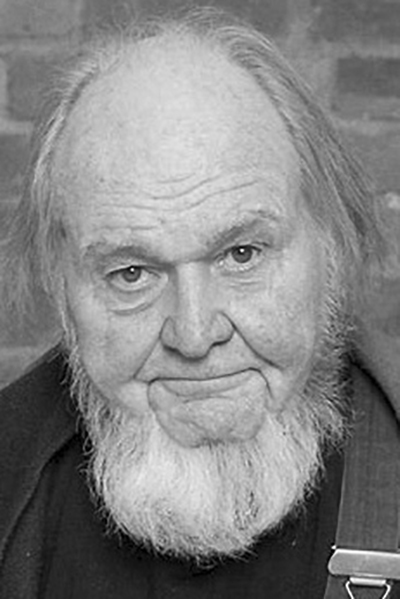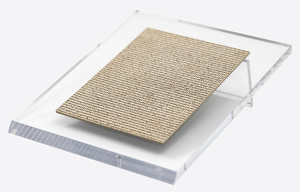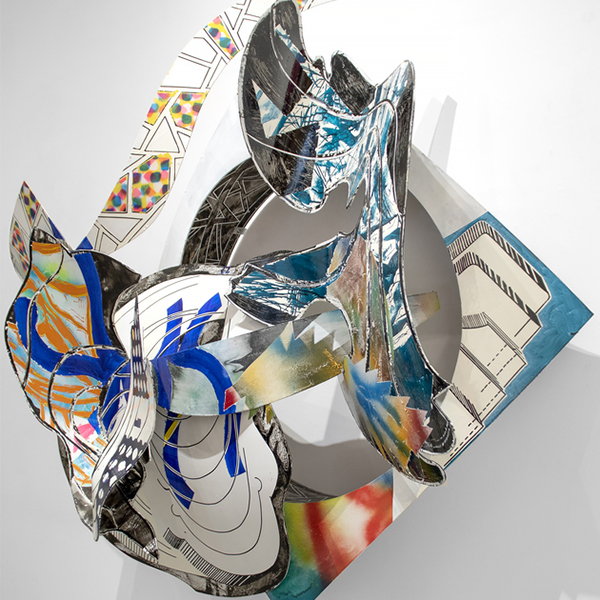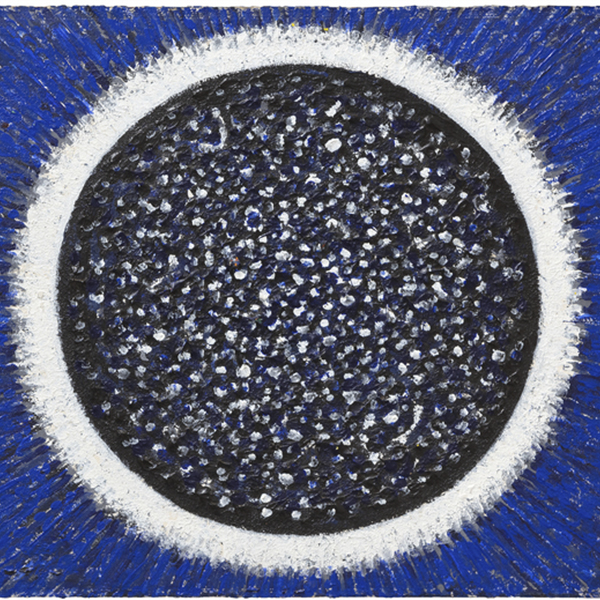CARL ANDRE (1935-2024)
 Carl Andre is an American sculptor associated with Minimalism. Andre is known for abstract work made of repetitive blocks, bricks, and metal plates arranged directly on the floor. Like other Minimalists of his generation, Andre constructed his works out of industrial materials that called attention to the inherent physical structure of the piece and to the architecture of the surrounding space. Eschewing metaphor and symbolism, Andre’s work operates as a set of purely physical and perceptual concerns.
Carl Andre is an American sculptor associated with Minimalism. Andre is known for abstract work made of repetitive blocks, bricks, and metal plates arranged directly on the floor. Like other Minimalists of his generation, Andre constructed his works out of industrial materials that called attention to the inherent physical structure of the piece and to the architecture of the surrounding space. Eschewing metaphor and symbolism, Andre’s work operates as a set of purely physical and perceptual concerns.
Andre attended Phillips Academy in Andover, Massachusetts, from 1951 to 1953. After serving in the army for a year, he moved in 1957 to New York City, where he met and later married the Cuban-born artist Ana Mendieta. He became associated with Frank Stella in 1958 and worked in Stella’s studio while developing his own drawings and sculpture. Stella’s abstract paintings of that period were an important influence on Andre’s developing aesthetic. A number of experiences—including four years of work in railyards in the early 1960s and a trip to the prehistoric archaeological site of Stonehenge in England—solidified Andre’s determination to work with modular units. Andre began his sculptural practice by carving into wood timbers, but then he became more interested in using the timber planks themselves as structural pieces. In 1965 he shifted from stacked wood pieces to commercially prefabricated materials—blocks and bricks—with the intent of demystifying the role of the artist’s hand. He next became interested in placing square metal tiles onto larger squares, upon which he invited viewers to walk. For museumgoers or gallerygoers, who were more accustomed to keeping their distance from artworks and to observing sculptures on pedestals, the effect of walking on a work of art was challenging.
In 1985 Mendieta fell to her death from a window in the couple’s New York City apartment. Andre was tried for second-degree murder but was acquitted in 1988. Naked by the Window: The Fatal Marriage of Carl Andre and Ana Mendieta (1990) by Robert Katz is an account of the events leading up to the incident and the trial. Andre’s involvement in the highly publicized incident damaged his reputation in the art world, and he withdrew. In 2014, however, Dia:Beacon, in Beacon, New York—one of the sites exhibiting the art of the Dia Art Foundation—held a major retrospective of his work, the first one in more than 30 years. Though the retrospective was well received by critics, a public protest of the exhibition proved that personal histories looming over an artist’s work can overshadow the work’s reception.
(Britannica)




